The origins of Vipassana meditation
Vipassana — or insight meditation — comes from two words in Pali — an ancient language used in Buddhism. The word “Passana” means seeing or perceiving and “Vi” relates to various connotations among them “ a special way” and “through or into”.
The practice was rediscovered by Buddha over 2,500 years ago. Although born in India, Vipassana expanded in Burma throughout the centuries. Today Vipassana is well-known around the world.
What is Vipassana Meditation?
There’s a difference between Vipassana meditation and other types of well-known meditations — such as Loving Kindness, Body Scan, or Mindfulness, for example.
Vipassana enables us to see clearly things as they are, from the inside us.
With Vipassana, our mind is cleared from everyday thoughts that may disturb our real perception of things.
In Buddhism, liberation is the final aim, alongside enlightenment, which can emanate from practicing Vipassana. As the oldest form of Buddhist meditation, Vipassana provides deep and true knowledge of ourselves, enabling us to reflect on our lives gradually. The reality of impermanence gets clear as we practice Vipassana.
Self-awareness is enhanced with Vipassana, letting us see through inside our own heart and soul with an unaltered mind. Furthermore, Vipassana teaches happiness and self-reliance through the recognition that we have been taught in the past simply doesn’t exist.
Reconditioning and reprogramming our minds with this type of meditation simply aligns us to a greater level of existence. We better know ourselves, can embrace change more easily, and can let go of what no longer serves us. The past can’t affect us, only the present moment matters.
Read How Mindfulness Meditation For Panic Disorder Can Help You
What I learned from my Vipassana practice
I was introduced to Vipassana meditation in Bali when meeting with my meditation teacher. Returning from Nepal, he showed me true enlightenment with a daily 5-min meditation practice. We began exploring the self-journey through Vipassana. This is what I learned from starting Vipassana meditation. Until now, I found out Vipassana meditation to be intensely unique, self-exploratory, and miraculous in various ways.
A true self-journey exploration, Vipassana takes us to the deeper self, without any conditioning. Our light comes naturally to see as we breathe and meditate. We notice the beauty of what surrounds us, without making a connection to our initial thoughts, learnings, or past experiences. We unplug from reality to better perceive the true essence of our world. We cultivate self-growth, dive into a deep self-exploratory journey that ultimately lets us perceive the true nature of things.
The final goal is to find happiness within ourselves, at the present moment, with no connection to what brought us here. To embody this practice, we remove any mental blockages or negativity that alter our true perceptions of ourselves or of others. We let go of past luggage that no longer serves us. We move on to new heights, empowering ourselves within each breath. Our mind quietens to open up to a new era where love, growth, spirituality all come in one to serve us.
How to start Vipassana at home
Start your practice by finding a comfortable seat, somewhere calm, and sit down cross legs, your hands on each knee, with the palm facing the sky. Close your eyes, breathe deeply. Ensure your back is straight not to feel any pain.
You need then to choose an object to meditation. According to the master and teacher of Vipassana, this object should be portable, easily available, and cheap. Breathing in that sense becomes the object of meditation.
Breathing is then chosen as your first point of contact with Vipassana meditation. Let the breath deepens and quietens your mind throughout the practice. Be aware of your breath, simply your breath.
If your mind wanders off, return to your breathing. Make it your core and focus all your energies on breathing for 5 minutes. Start to feel relaxed and happy throughout the practice. Nurture the present. Each breath is your present.
What to do if you can’t focus on your breath?
For beginners, it’s normal to feel a bit “uncomfortable” for the first time, when you start Vipassana. Allow yourself to start slowly, allowing more room to develop a longer meditation practice when ready. For the first 10 days, let your breath take control of your life, start small with 5-minutes meditation.
By focus gently on your breath, you will notice how things open up clearly to you without any contraction. Everything will
seem easy. Love will reach you, as well as a natural sense of well-being. Cultivate this practice every day, especially if you are in the quest for answers, spiritual awakening, or self-exploration.
You can also start Vipassana by attending a class with a teacher and continue at home. Group teachings allow to grasp a more comprehensive knowledge of the practice and provide a good ground to focus on the breath as a teacher guides you.
Read 6 Benefits of Meditation you probably never heard about

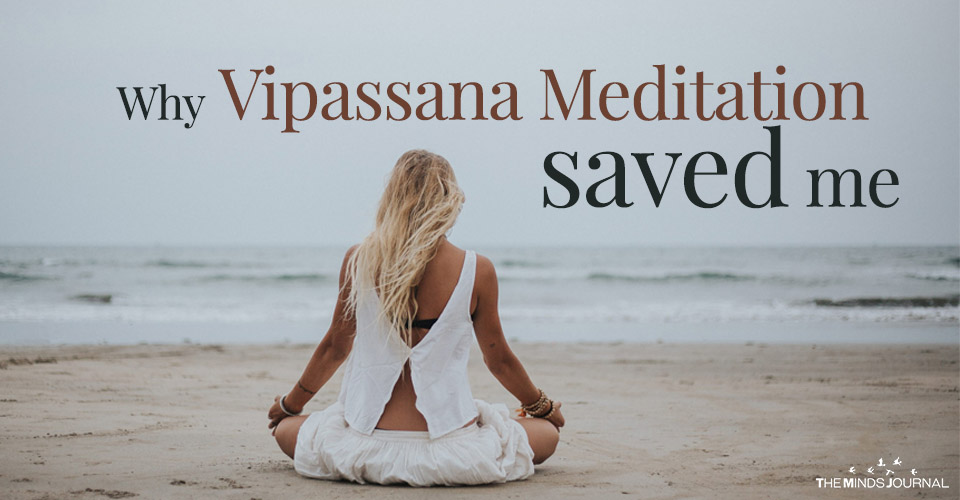
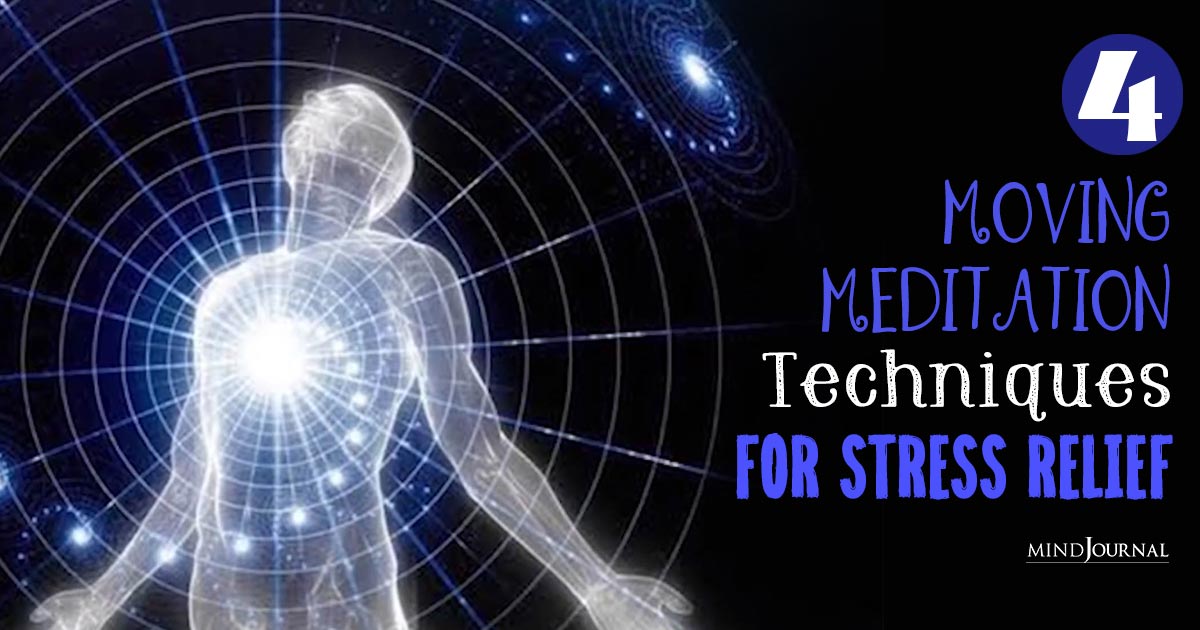
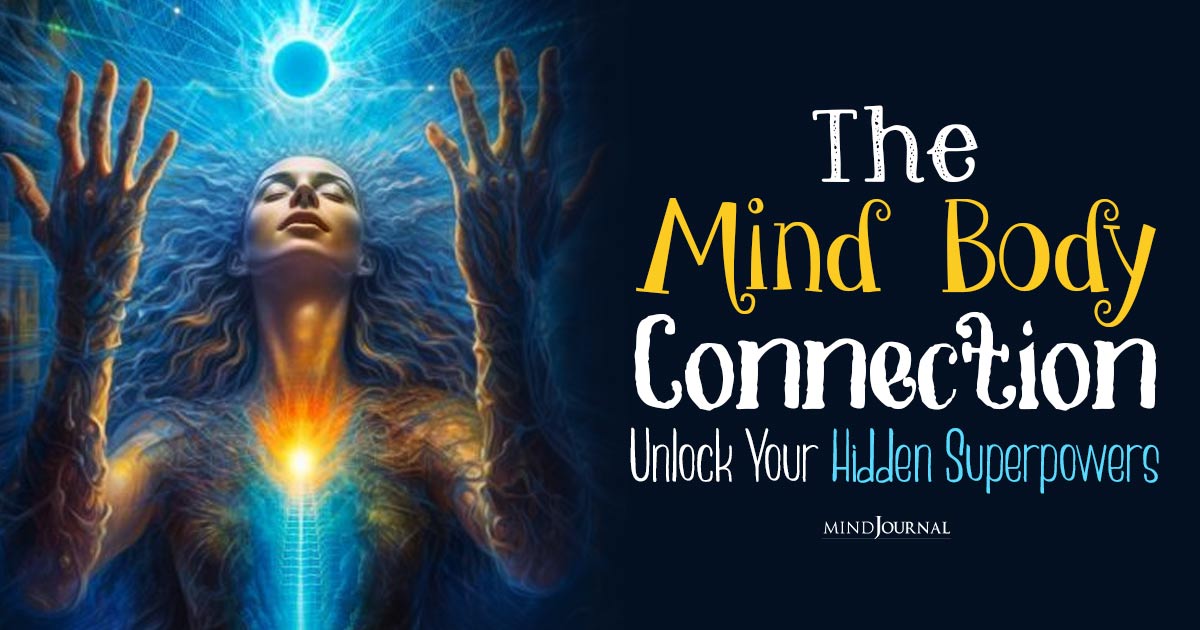
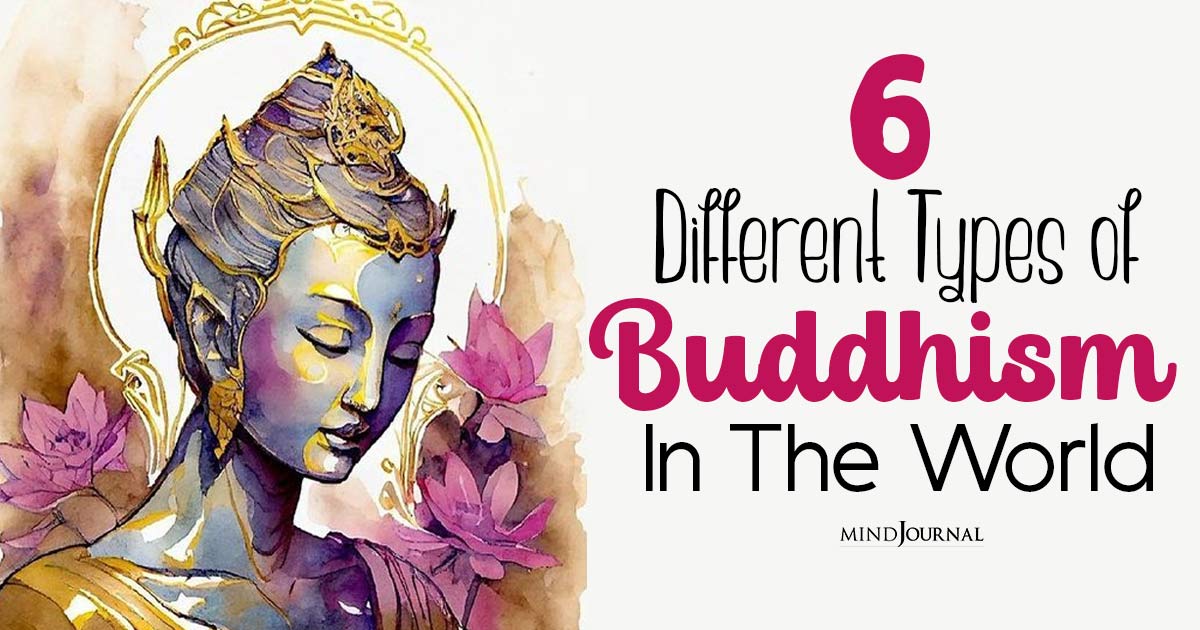
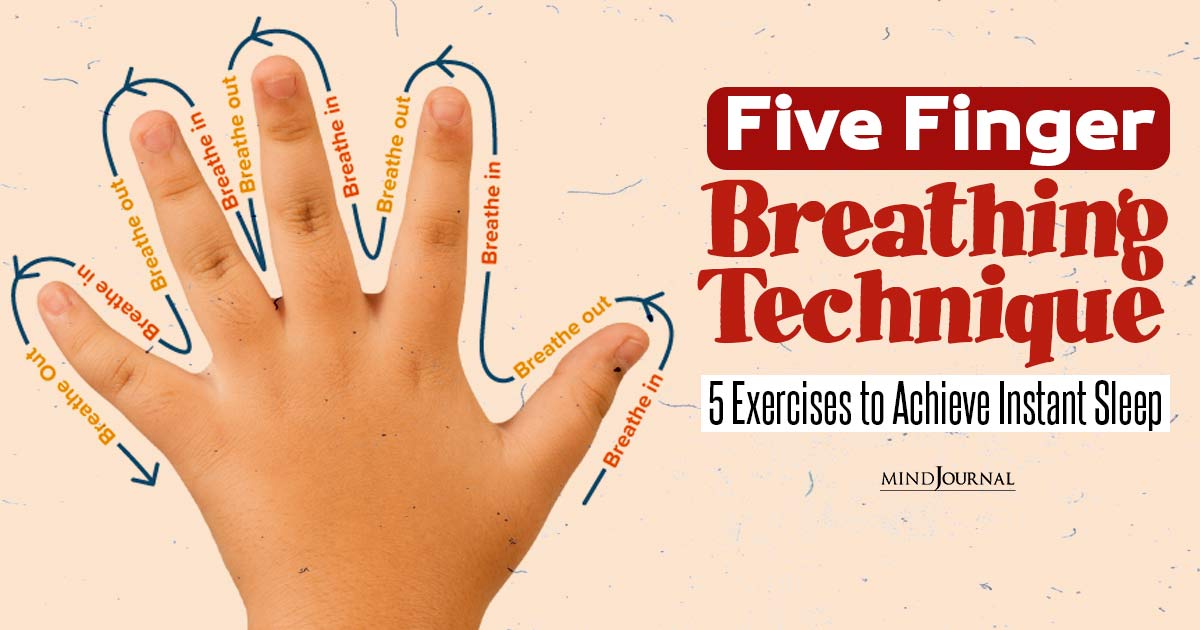
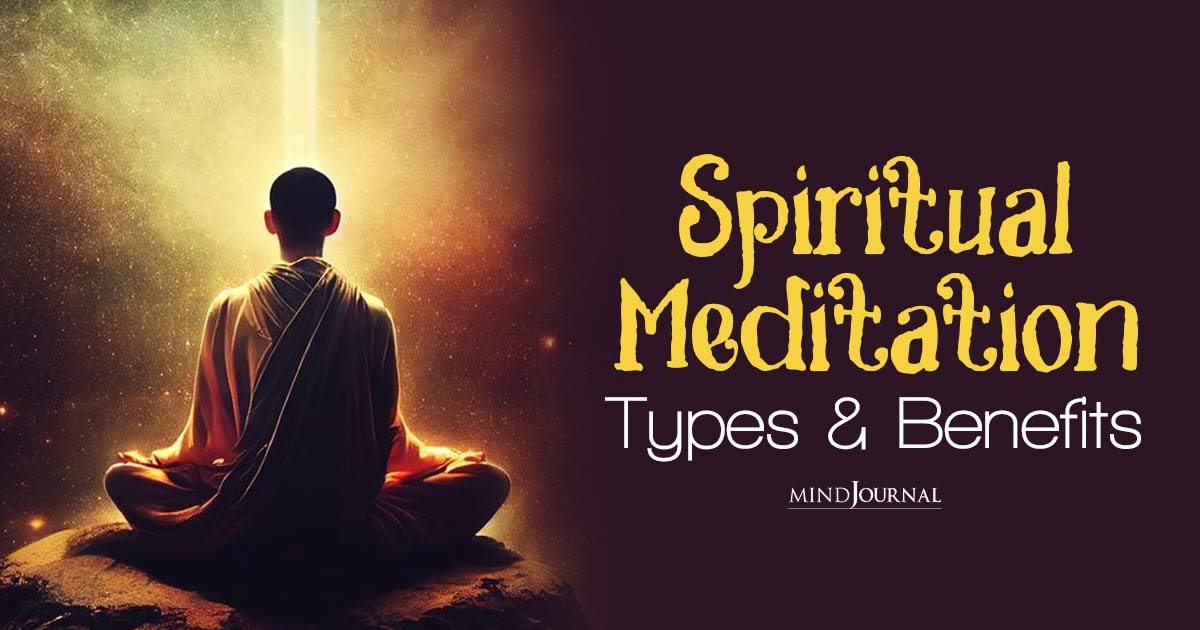
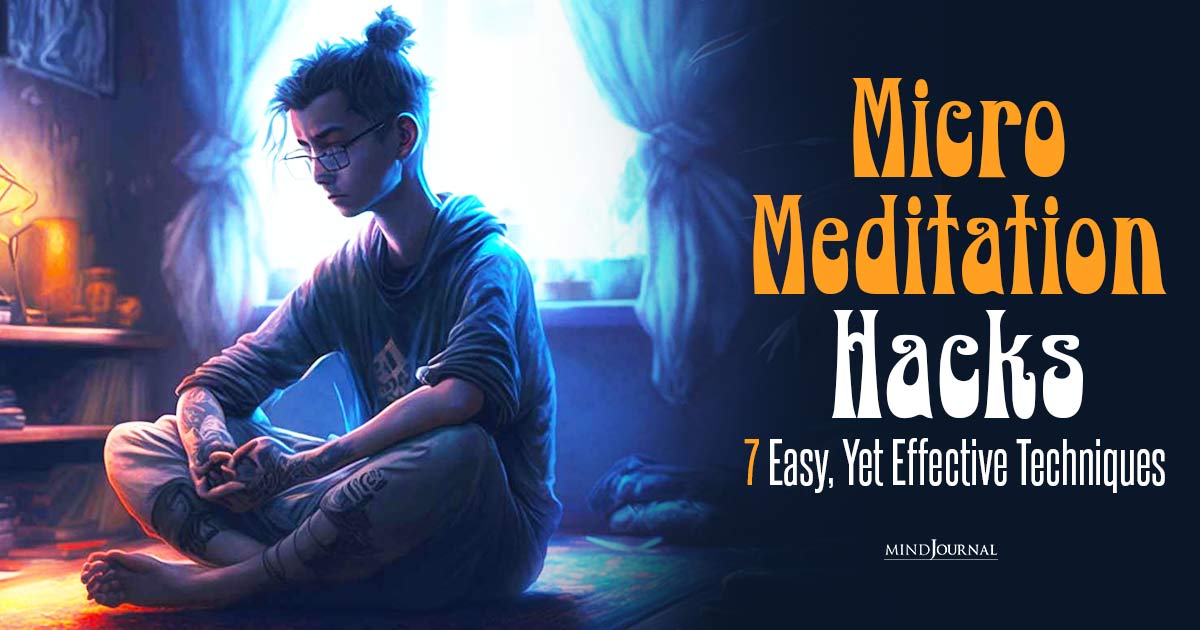
Leave a Reply
You must be logged in to post a comment.